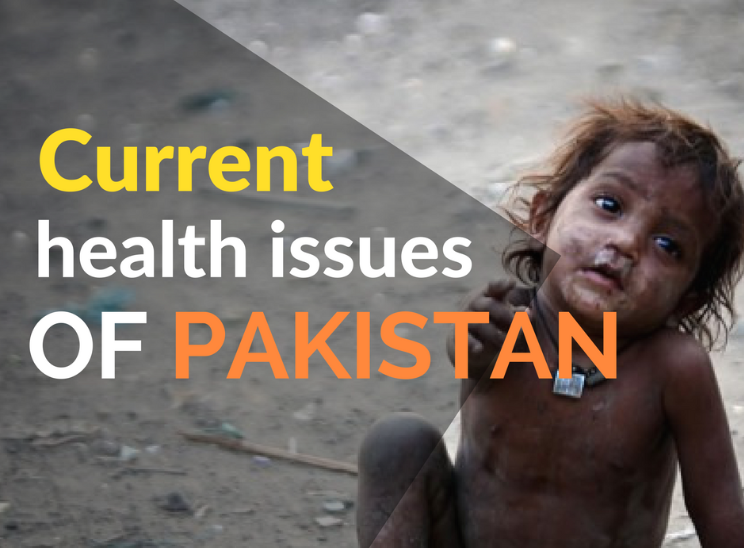There are several problems related to health and education in Pakistan, some of which include:
Health Problems: a) Limited access to healthcare services in remote areas b) Inadequate funding for healthcare sector c) Insufficient number of qualified healthcare professionals d) Poor health infrastructure and facilities e) High incidence of preventable diseases
Education Problems: a) High illiteracy rates b) Low enrollment rates, particularly for girls c) Limited access to education in remote areas d) Poor quality of education due to outdated curriculum and inadequate resources e) Gender disparity in enrollment
Health Problems:
a) Limited access to healthcare services in remote areas: Many people in rural areas lack access to basic healthcare services due to a lack of facilities and medical professionals. b) Inadequate funding for healthcare sector: The government does not allocate sufficient funds to the healthcare sector, leading to a shortage of resources and a low quality of care. c) Insufficient number of qualified healthcare professionals: There is a shortage of doctors, nurses, and other healthcare professionals in the country, particularly in rural areas. d) Poor health infrastructure and facilities: The healthcare infrastructure is inadequate, and many hospitals lack basic amenities and equipment. e) High incidence of preventable diseases: Pakistan has a high incidence of preventable diseases such as malaria, tuberculosis, and hepatitis. The country also has a high maternal and infant mortality rate.
Remedial Measures:
The government needs to allocate more funds to improve the healthcare system, including the infrastructure, facilities, and equipment. Healthcare workers should be adequately trained and provided with better working conditions. Health education should be promoted to increase awareness among the public about preventive measures.Education Problems:
a) High illiteracy rates: Pakistan has one of the lowest literacy rates in the world, with around 60% of the population being illiterate. b) Low enrollment rates, particularly for girls: Many children, especially girls, do not attend school due to poverty, cultural barriers, and lack of access to education. c) Limited access to education in remote areas: Schools are scarce in rural areas, and children have to travel long distances to attend school. d) Poor quality of education due to outdated curriculum and inadequate resources: The curriculum is outdated and does not cater to the needs of the modern world. Additionally, schools lack basic resources such as books, furniture, and qualified teachers. e) Gender disparity in enrollment: Girls are less likely to attend school than boys due to cultural and economic factors.
Remedial Measures:
The government should allocate more funds to education and increase the number of schools and teachers. There should be a focus on promoting education for girls, and more efforts should be made to enroll children from underprivileged backgrounds. The curriculum should be revised and modernized to reflect the needs of the modern world, with a focus on practical skills.In conclusion:
Pakistan faces significant challenges in the areas of health and education, with limited access to basic services, insufficient funding, inadequate infrastructure, and poor quality of care and education. The country has a high incidence of preventable diseases and one of the lowest literacy rates in the world, with a gender disparity in enrollment. Addressing these issues requires a concerted effort from the government, civil society, and the private sector to improve access to healthcare and education, increase funding, and ensure the provision of quality services. By prioritizing the development of these sectors, Pakistan can improve the overall well-being and quality of life of its people, and contribute to the long-term growth and prosperity of the country.


Comments
Post a Comment